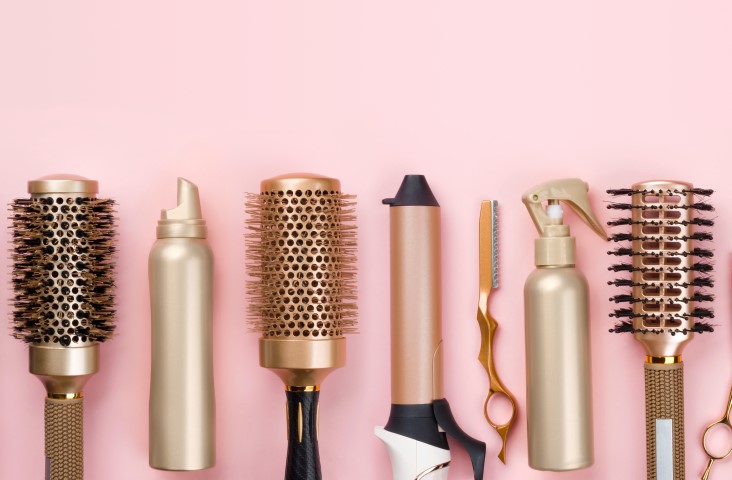Understanding the Mysteries of Beautiful Hair Design

enginakyurt – stock.adobe.com
One of the biggest mistakes you can make as a hairdresser is jumping directly into creating complex hairstyles without learning the basics. When you make mistakes in this career, you can be sure that they won’t be easy to hide, leading quickly to customer dissatisfaction. However, if you know how to highlight the natural beauty of the hair, you’ll be able to accomplish beautiful hair designs for all hair types. Here’s what you should know about beautiful hair design.
Healthy hair
The first thing to understand is that you need to be working with healthy hair for the best results. When the hair shafts are damaged, you’re going to have a much more difficult time styling hair at all. If you’re going to work with damaged hair, you at least need to understand how to handle that type of hair more effectively.
The healthiest hair will typically have minimal hair color applied, will use regular trims to reduce split ends, and will limit the use of heat styling tools (or at least use heat-protectant sprays to lessen the damage). If you’re dealing with hair that’s less healthy, you may need to use deep conditioning treatments, hair extensions, and other hair products for successful styling.
Hair care at home
Hair care at home is just as important as hair care at the hair salon. A client’s approach to hair care at home can have an even more intense effect on how the hair strands respond to your styling, and the transformative power of your tools can only go so far.
This is one important reason that you should educate clients about how to take care of their hair. Not only will it result in a variety of benefits in their day-to-day life, like a glossy appearance and natural shine, but your styling tips will also make it much easier for you to do professional styling jobs on them. Whether you’re encouraging them to rinse their hair with cold water or giving them curly hair care assistance, at-home care is necessary.
Different hair textures and types
Understanding how different hair textures and types impact your hair styling choices can be extremely helpful. Coily hair, also called type 4 hair, reacts to styling much differently than straight locks, which are type 1. Types 2 and 3, which are the names for wavy and curly hair, respectively, are also completely different beasts in the salon chair.
On top of that, you also have to think about fragile hair, coarse hair, porous hair, and an array of other concerns. Someone with straight hair that’s also quite coarse and has never been dyed will react to every treatment and style much differently than someone with wavy hair that’s dyed frequently and is quite thin.
Learn how to master hair design

didecs – istockphoto.com
If you want to successfully master the mysteries of hair design, you’re going to need help from an expert. And if you’re interested in eventually turning it into a career, you might want to consider Evergreen Beauty College. When you go through beauty school for hair design, you’ll learn how to style all different types of hair, from ultra-damaged and incredibly fine hair to coarse, extremely healthy hair. No matter what beauty mysteries you’re interested in unlocking, Evergreen Beauty College can help you solve them.
FAQs: Understanding the mysteries of beautiful hair design
What products do I need for hair design?
There are plenty of products that you can get for help with hair design. Heat-protectant products, for example, can help protect the hair from damage caused by excessive heat styling. The perfect hairstyle may also require tools like bobby pins, products like mousse, and access to salon shampoo and conditioner. As you go through your program, you’ll learn more about the secrets to beautiful-looking natural hair.
How can I practice hair design?
There are many different ways you’ll be able to practice your hair designs when you’re in school. First of all, you’ll practice in many ways on mannequins. Mannequins with human hair wigs are a great way to test out styles without having to worry about whether you’re going to mess up someone else’s hair. Once you have the hang of this, you’ll be able to try on real clients through your school’s student salon. You may also be able to recruit friends and family to let you try out styles on them, especially if you’re not doing any cutting and you’re just styling hair.
What are the biggest downfalls of hair design?
If you don’t know the basics of hair design, you’re going to end up with a variety of potential problems. For example, you’re unlikely to be able to execute a beautiful updo if you’re not good at curling hair properly. If you don’t know how to determine what hair types are likely to frizz, you’re unlikely to be able to create a complex style without causing flyaways galore. In order to successfully execute hair design, you need to master the basics first.




